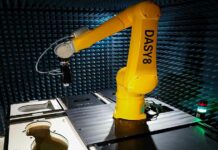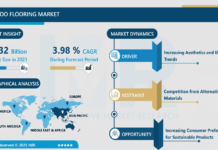The installed base of connected building automation systems in North America and Europe will increase by 11% between 2019 and 2024, according to a new report released by research firm Berg Insight.
The number of installed connected building automation systems is expected to reach 34.4 million in 2024 from 20.5 million in 2029. Up to 3.2 million connected building systems were shipped in 2019 alone in the two regions.
Berg Insight estimates the two regions to expand market revenue by 10.4% to € 48.4 billion in 2024 from close to € 29.5 billion in 2019.
Building automation has been around for many decades but there is a new urgency due to factors such as energy conservation as well as mandates for green construction. IoT, cloud computing, data analytics, deep learning, artificial intelligence and other new technologies allow building owners to easily measure and conserve energy.
These technologies also help reduce operational expenditures, meet stringent global regulations and sustainability standards as well as increase occupancy comfort.
The building automation market is served by a range of different actors, spanning from small start-ups to major corporations that operate globally in various industry sectors.
Martin Backman, senior analyst, Berg Insight, said: “New sensor-based solutions that provide real-time data on indoor climate, workplace occupancy and space utilization have really gained traction during the past few years.
“Building automation systems can help boost workplace productivity and optimize office space, which in turn cut costs and increase revenues for companies. Data generated from these solutions can also be used to reduce the spread of viruses and other diseases inside buildings, something that is ever so important since the outbreak of COVID-19.
“Providers of occupancy and space utilisation applications now market their services as a tool to help workers return to work safely,” said Backman.




























